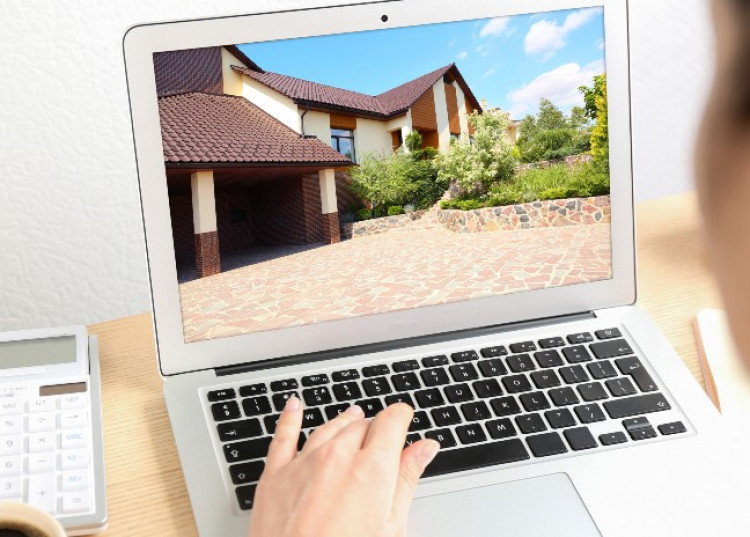
The real estate profession is far better prepared to weather the latest Covid-19 lockdown than occurred when the virus first hit this country 18 months ago.
Then, the sale of dwellings was stopped in its tracks by the lockdown, and for five consecutive weeks only a modest number of properties changed hands.
That first lockdown acted as the spur the real estate industry, and other professions such as bankers and lawyers, needed to adopt new methods of doing business based around the use of information technology.
Today, it’s possible to list properties, undertake viewings, conduct auctions, engage in negotiations and complete sales agreements without face-to-face contact.
It is ensuring the profession continues to tick over, albeit at a reduced capacity, throughout the current lockdown.
Probably, the greatest roadblocks that remain are around vendors struggling to prepare their properties for listing and vendors and buyers being unable to relocate post completion date.
If the lockdown continues the Government will need to consider the growing number of tenants/landlords caught up in the transition to new tenancies.
In the big metropolitan areas, there is always a moderate level of tenancy turnover, and there will be a number of tenants and landlords anxious to establish their rights and obligations given they are trapped from following through on plans by circumstances outside their control.
However, as always when it comes to housing, the big question is ‘how will this’ affect the price at which properties are sold.
The Reserve Bank, Treasury, economists and commentators have all struggled to come to grips with this question for more than a decade, and most have acknowledged how wrong they have invariably been.
This is not a criticism of those that are required to, or like to, make forecasts. I’m simply making the observation that the variables that go into making house prices rise are so complex that nothing is a given.
During the initial lockdown the Auckland average sales price fell by 4.5% and the median price fell by 1.2%*. Once the lockdown was lifted the average sales price recovered to its pre-lockdown position immediately while the median price took a few months to recover.
Going into this lockdown, July’s average and median sales prices were at record highs and while there were strong indications the rate at which prices were rising was starting to cool, prices were rising.
There was also a great deal of speculation that the OCR rate was on the verge of being increased by between 0.25% and 0.5%, and there were concerns as to the impact this would have on mortgage interest rates.
As it turned out, the lockdown came before the Monetary Policy Statement (MPR) was made, and any intended OCR increase was put on hold.
In the lead up to the release of the MPR, the Governor of the Reserve Bank, Adrian Orr, was quoted in the media as “estimating” that house prices were likely to start falling by year end, and over the following two years could decline modestly by 5%.
The main factor the Reserve Bank saw contributing to pressure going on house prices was a rapidly increasing supply of new homes that would outpacing demand for housing - a demand declining as population growth fell from lower net migration.
Other factors he mentioned were tougher mortgage lending rules, changes to tax deductibility allowances and rising interest rates
The Governor emphasised that he was not making a “forecast” and qualified his comment by saying “it could be house prices stay exactly as they are, and 5 or 8 years of income growth justifies them, or we see a correction”.
As an observation, in the last 60 years, Auckland’s average house sales price* has only once exceeded a 5% decline (between 1962 and 1963 it declined by 8.5%). Within three years the 1965 average price was 12.1% higher than in 1962.
Price declines can occur, but if the past is anything to go by, recovery is relatively swift.
*Barfoot & Thompson sales data
